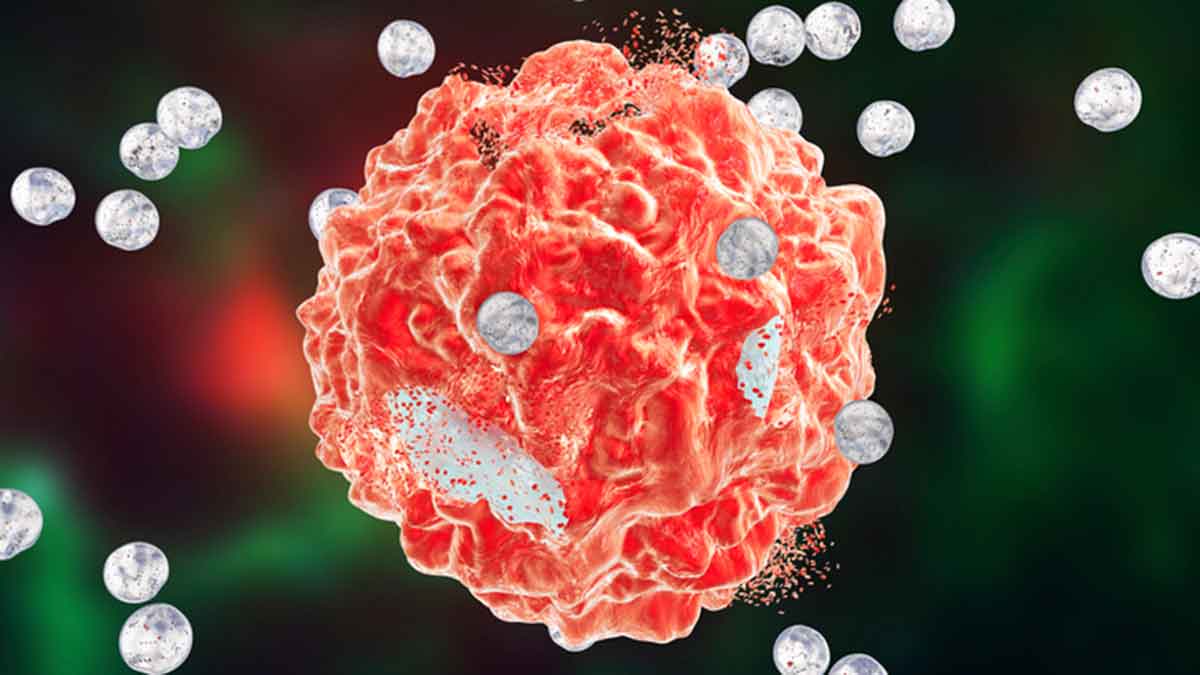Imagion edges closer to human trials of breast cancer detection tech

Nanoparticle technology from Imagion detects cancer cells without invasive procedures. Picture: Getty.
Medical imaging company Imagion Biosystems is one step closer to human trials of its breast cancer detection technology, sealing a partnership with Dutch nano-particle maker ChemConnection.
Imagion’s (ASX: IBX) shares closed up 7.4 per cent at 14.5c on Tuesday after the deal was announced.
Imagion’s MagSense technology uses tiny nanoparticles to ‘tag’ cancers which are picked up by highly sensitive magnetic sensors that locate and characterise tumours.
It’s a term they’ve dubbed superparamagnetic relaxometry — the ability to detect the small magnetic field released by tiny nanoparticles after they have been briefly magnetised, or when they “relax”.
Imagion say it is 1000 times more sensitive than conventional X-Rays, ultrasounds, mammograms or MRIs to detect cancer earlier and at a lower cost, and removes the necessity for invasive alternatives.
But before it can be tested in humans, the manufacturer must prove itself in a pilot product for safety and toxicology studies, expected to commence in the first quarter next year.

Albuquerque-based chief executive Robert Proulx hopes key milestones will quickly follow:
“We now have qualified medical device manufacturing partners in line for both the instrument and nanoparticles, which will enable us to meet our goal of first in-human testing for the MagSense technology before the end of next year,” he said.
Imagion raised $12 million at their June IPO to puruse the human trials with shares offered for 20c.
Breast cancer has been their initial target, being that it is the second most common cancer diagnosed in women, with a view to expand to ovarian and prostate cancers to tap into the US$2 million market in the three diseases alone.
“By providing earlier detection, MagSense has the potential to assist patients in avoiding mis-diagnoses, invasive surgeries or biopsies and improper or unnecessary treatment,” they said in an earlier statement.
When it comes to their revenue model, it’s a simple as ‘printer and ink’ – the made-for-use nanoparticles provide a recurring source of revenue on the installed base of the MagSense machines.
They reported a $4.1 million loss in their first half yearly figures, with $12 million in the bank at the end of the period.
UNLOCK INSIGHTS
Discover the untold stories of emerging ASX stocks.
Daily news and expert analysis, it's free to subscribe.
By proceeding, you confirm you understand that we handle personal information in accordance with our Privacy Policy.








